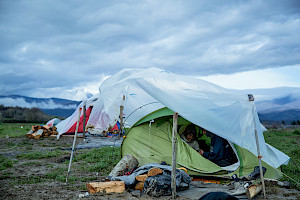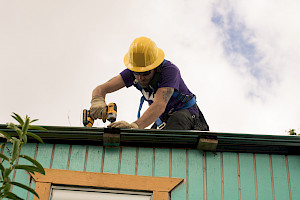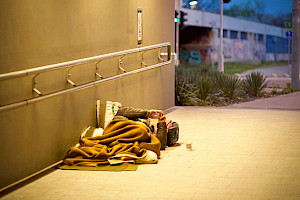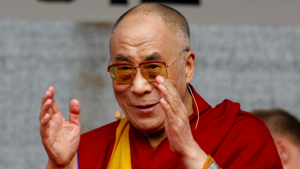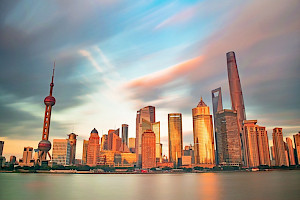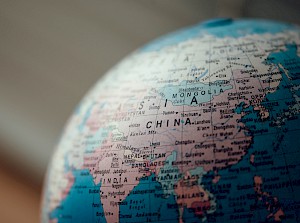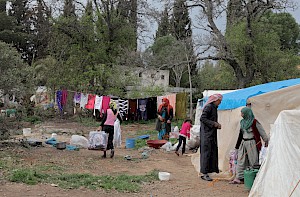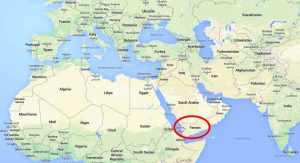Helping refugees resettle in Canada is a winning proposition for all
December 02, 2021Originally published in The Toronto Star on November 23, 2021 as contributing columnist
As Canada prepares to welcome tens of thousands of Afghan refugees, I am struck by the opportunity this offers our country — an opportunity to not only help those who need it, but also to enrich our communities and grow our economy.
Whenever we think about refugees, most of us conjure up depressing images. We picture endless lines of people escaping conflict on foot, with only the possessions they can carry, or boats packed to the brim with desperate women and children, or crowded UNHCR tent camps that were meant to be temporary, but are, in fact, decades-old ghettos. But what if there were another image? One where refugees are welcomed into communities in developed countries, making a positive contribution to the economy, while enriching those communities with their cultures.
The image you would conjure up would be one of several refugee stories that are uniquely Canadian. Take the Hadhad family. They are exemplary of an entrepreneurial spirit that benefits the economy.
In 2016, the Hadhad family fled Syria after their chocolate factory in Damascus was destroyed during a bombing. After years in limbo in Lebanon, they resettled to Nova Scotia and were greeted by sponsors who supported their adjustment to life in Canada. They rebuilt their business under the name “Peace by Chocolate” and today the Hadhads have a flagship store in Halifax and they ship their confectioneries worldwide.
Or take Jim Estill, CEO of Danby Products, which produces refrigerators and other appliances. He engaged in community sponsorship with his company and made the resettlement of 89 families from Syria possible. He brings together the protection aspect of resettlement and the need for immigration in Canada from a workforce point of view, offering the refugees he sponsors work experience, language lessons and other training. Some of these newcomers have stayed to work in his company; others found work in the area or started their own business. Jim plans to sponsor 50 Afghan refugee families to Guelph.
There are many similar stories throughout Canada. The reason Canada is so progressive with respect to refugees is that we have been at it for a long time — about 40 years. Canada pioneered the concept of refugee sponsorship during the Vietnamese boat crisis of the late 1970s. Refugee sponsorship empowers individuals and communities to play the leading role in the welcome and integration of refugee newcomers in their communities. Forty years seems to have been enough time to get our Canadian model to work well enough that we now see many countries around the world copying it to varying degrees. I happen to know this first hand.
I am a partner and funder of the Global Refugee Sponsorship Initiative (GRSI). The GRSI was launched in 2016 by founding partners the government of Canada, the UN High Commissioner for Refugees, the Open Society Foundations, the University of Ottawa Refugee Hub and my own foundation. The GRSI has continued to grow with new partners, such as the Shapiro Foundation, and a growing number of supporters across the globe. Launched in 2016, the GRSI established lasting connections and networks and inspired countries around the world to design and start their own sponsorship programs.
Five years later, there are now 19 countries with sponsorship programs and thousands of individuals welcoming refugees as new neighbours, new colleagues, new employees and new friends.
Through our global work, we have come to appreciate how beneficial resettling refugees can be to host country economies, especially when they are sponsored by local communities.
As in other countries, immigrants and refugees contribute to demographic and economic growth in Canada and fill gaps in the labour force. In 2014 and 2016, immigrants already accounted for more than 100 per cent of labour force growth; 26 per cent of workers in Canada are immigrants. One forecast showed that without immigration the real GDP growth would drop to 1.1 per cent in 2040, whereas it would stabilize around 1.9 per cent with an immigration rate of one per cent. While the average annual contribution to real GDP growth of immigrants accounted for 0.25 percentage points of total growth of 3.1 in 2017 (which makes a contribution of 8.06 per cent to real GDP growth), it will increase to one-third in 2030 under this premise.
Like other immigrants, refugees fill jobs in a variety of sectors, with 51 per cent of those employed working in higher-skilled jobs such as dentists, architects, doctors, engineers and service managers. (Notably, studies indicate that refugees arriving through private sponsorship tend to find employment faster, with 90 per cent of men and 71 per cent of women employed in their first year of being in the country. One year later, statistics further reveal that the annual average earnings reach $23,000 for privately sponsored refugees compared to $20,100 for government-supported refugees.)
On the other hand, there is an immense cost to NOT resettle refugees. UNHCR has estimated that some 15.7 million refugees (76 per cent) were in a protracted situation at the end of 2020 (excluding Palestinian refugees). Among these refugees, 1.4 million are considered to be in a particularly vulnerable situation and in need of resettlement. An estimate of the total cost of refugee displacement is unavailable as every country has different costs and there is no standardized method for assessment.
As a small example, it is estimated that care for a Syrian refugee in Jordan costs approximately $3,750 per year. This cost may seem small from a Western perspective, but is disproportionately high for major host states, most of which are developing countries. The UNHCR, the main body for the care of refugees, remains chronically underfunded. In its 2020 budget, which is more than $9 billion, it had a funding gap of 51 per cent.
In 2020, the UN High Commissioner for Refugees recognized Canada as a “bright light in a horrible year for refugee resettlement” and the number of refugees welcomed through sponsorship has surpassed 350,000. “As a global leader in protecting those who need it most, Canada welcomed nearly half of all refugees resettled around the world in 2020.”
If more countries around the world adopted the refugee sponsorship model, as our GRSI initiative is aiming for, we would be addressing three goals that should please most everyone. Firstly, we would give millions of refugees who currently have little hope for the future a chance to make a better life for their families. Secondly, it would also help turn the tide on what is currently an enormous financial drain on governments that pay global agencies to house and care for refugees in “temporary” camps and shelters. Finally, for the host countries, a benefit that too few of us recognize is a positive contribution to our economies.
As our country prepares to welcome Afghan newcomers, I am excited about what this means for our communities and our economy. I am also reminded of an image that stuck with me and put everything in perspective. It was one where a newcomer family with hope for the future dances when they see Canadian snow for the first time. Now, that’s an image of refugees we can all be proud of.


